All products featured are independently chosen by us. However, SoundGuys may receive a commission on orders placed through its retail links. See our ethics statement.
How to comfortably wear headphones with glasses
November 12, 2024
Wearing headphones with glasses is a test of will, but music shouldn’t be a pain bespectacled listeners have to grin and bear through. While headphones with glasses may never match the comfort eagle-eyed listeners experience, there are ways to manage the pain.
Editor’s note, this article was updated on November 12, 2024 to update language and examples.
When buying headphones with glasses, go with over-ears
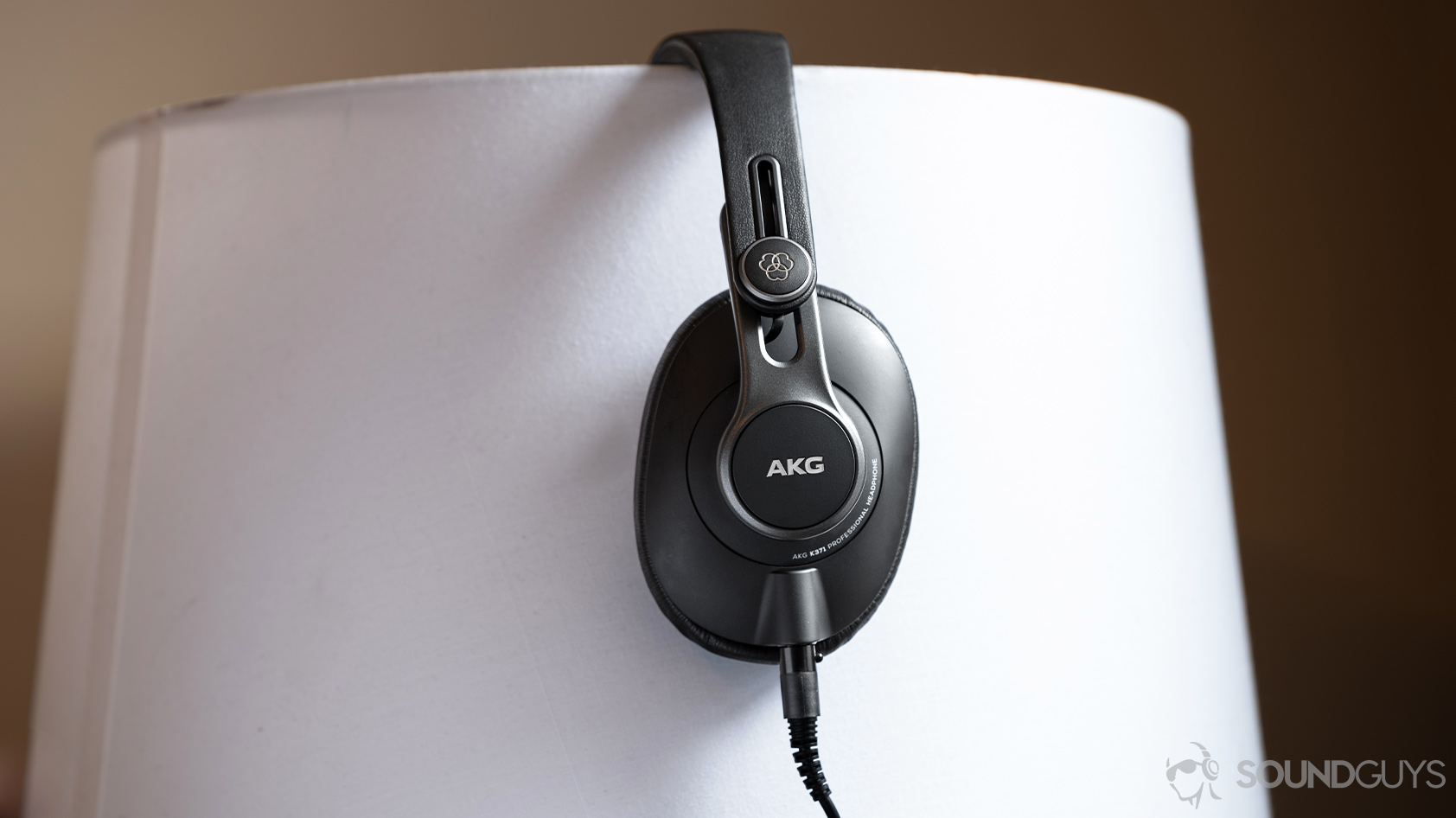
Over-ear headphones distribute pressure more comfortably than their on-ear counterparts. The ear cups encompass the ears, rather than placing pressure directly on them. This design doesn’t eliminate discomfort, but it avoids creating the pain sandwich that on-ear headphones do when they crush the plastic arms between your ear lobes and skull.
You’ll still have to take breaks with over-ear headphones like the AKG K371 or Sony WH-CH700N, but they’ll be less frequent than with the Beats Solo Pro. Then again, if portability is important and you’re dead set on the look of headphones, instead of earbuds, there are a couple of options to consider: the Bose SoundLink On-Ear Wireless and AKG N700NC, both of which are relatively comfortable for their breed.
Ear pad material matters
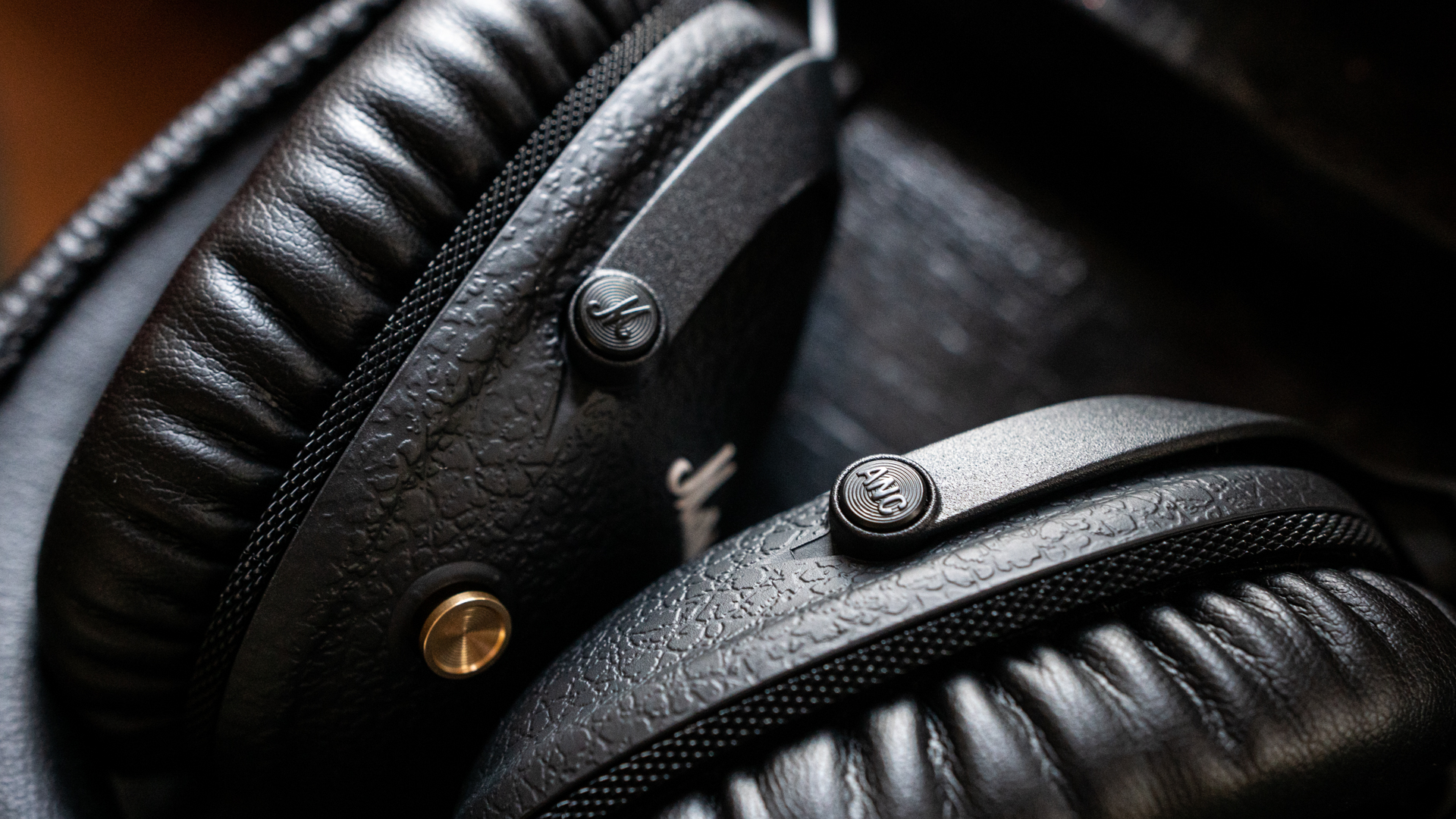
When you’re using headphones with glasses, comfort isn’t the only concern: audio quality is highly affected by a proper fit. Plenty of headphones include synthetic or leather ear pads, and these stiff materials leave gaps around your glasses. We recommend looking for headphones with either very soft, or extremely pliable padding so it goes around the glasses arms as best as possible. That way, you’re not sacrificing as much audio quality when you listen.
A poor fit means your music quality can be degraded by several issues, from improper positioning to auditory masking. The latter issue is when a relatively loud sound makes it difficult to perceive a relatively quiet one. By interrupting the seal, your headphones will let in some outside noise, and that can drown out some of the music you’re supposed to be hearing.
We’ve all experienced this. Think of the last time you were on the train platform; it may seem like your music was decreasing in volume as the train pulled up, but it wasn’t. Instead, your brain prioritized the processing of the loud noise of the train over your music. This is a survival mechanism. It was supremely useful during caveman times, but isn’t great if you’re trying to perceive every detail from your tunes.
Fabric and velour ear pads are your best friends
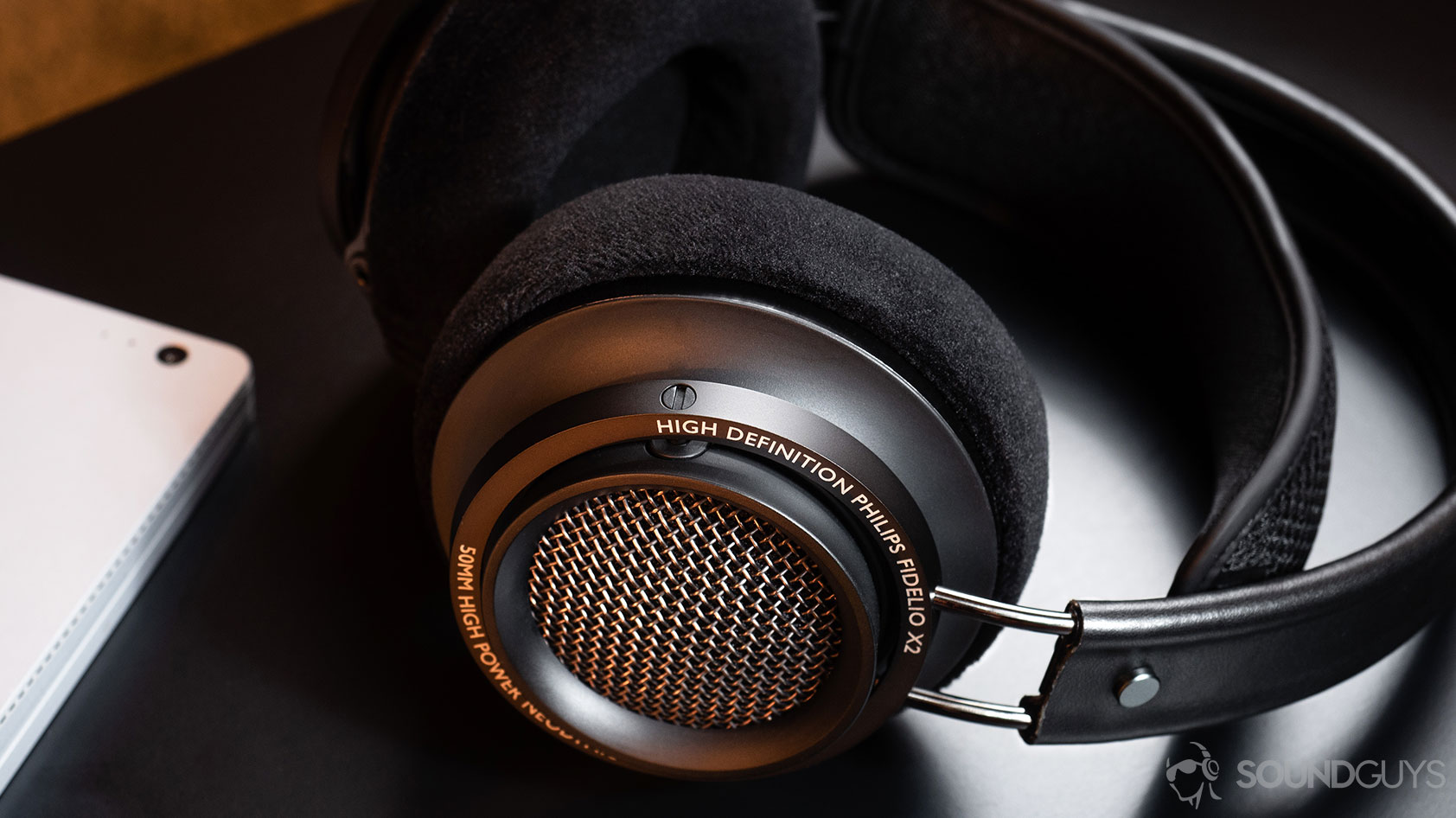
We highly recommend getting ear pads of a softer material like velour, suede, or fabric. The former is typically found on more premium headsets, but you can always buy third-party earpads to replace your headset’s default ones. One of our all-time favorite headsets is the Sennheiser HD 600: the large ear cups are extremely comfortable and the fabric covering where the pads meet your head works well with the foam ear pads. You’ll probably be able to listen to these hours at a time with glasses on, and even longer with them off.
Fabric ear pads are a little more difficult to find, but are often included with athletic and gaming headsets like the JLab Audio Flex Sport and Plantronics Rig 500 Pro. They’re usually mesh and fabric, making them lighter and more breathable than those of the memory foam variety. However, cloth ear pads don’t provide as much cushioning as others and may prove uncomfortable after an hour or so of wear.
Gaming headsets have great features to alleviate eyewear discomfort.
Some Razer gaming headsets even include dedicated eyewear channels that are designed to alleviate pressure around the temporal bone structure. Our resident gaming headset guru Sam Moore recommends the Razer Thresher Ultimate for Xbox gamers, and the Razer Kraken X for anyone on a budget.
Clamping force makes a world of difference
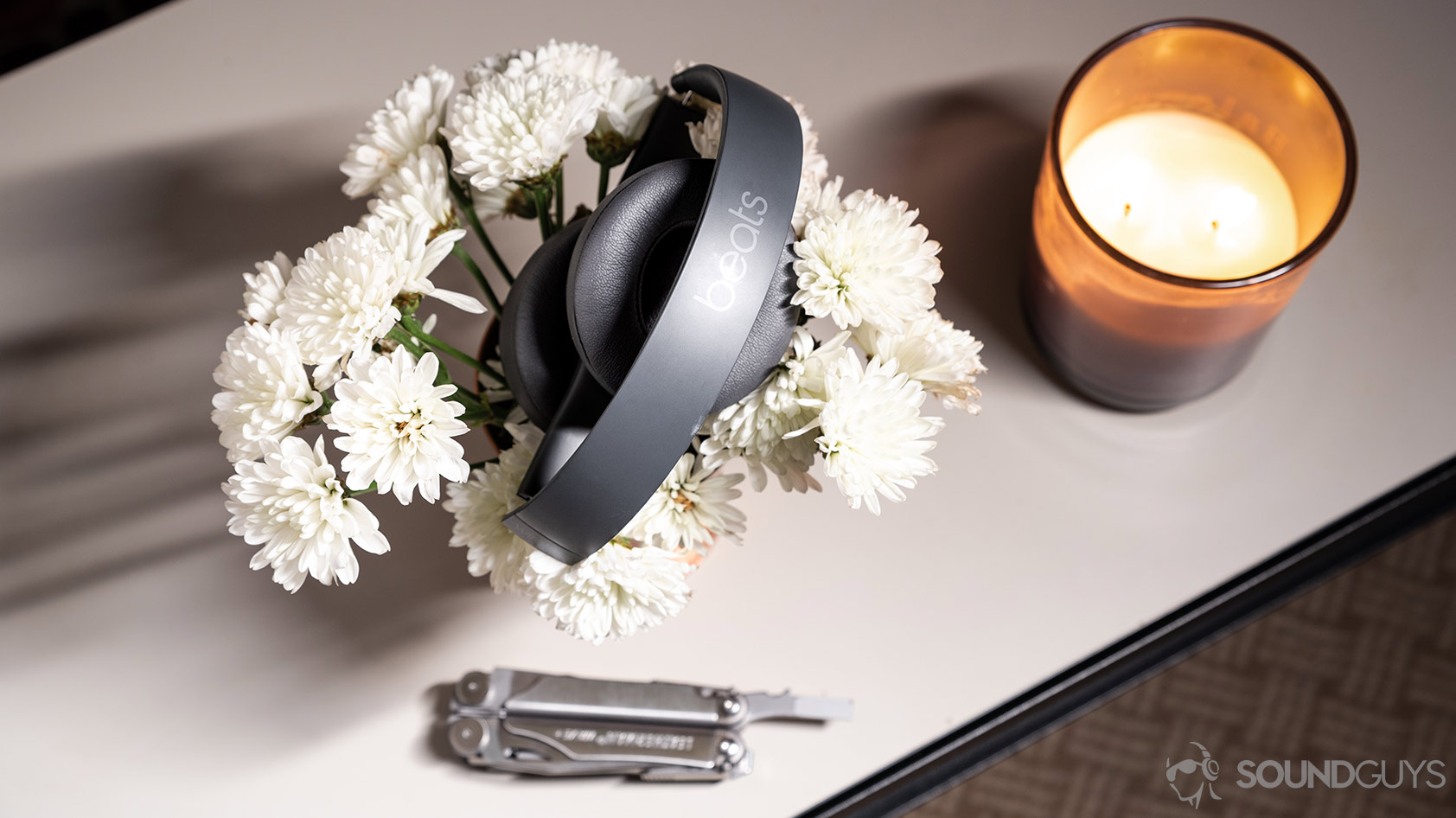
Another thing to keep in mind for headphones with glasses is clamping force. Any pressure placed on the head, especially on the sides, will be felt even more when wearing glasses. That’s because the arms place an acute amount of pressure on the skull and this pain compounds quickly. It’s hard to know how comfortable or painful a pair of headphones is going to be without trying a few options out first.
I don’t want to discover my maximum pain threshold when enjoying a new album.
Smaller heads will experience less stress than larger noggins when it comes to clamping force, so your child is unlikely to feel the same degree of pressure from a given headset as you. Although it’s important to ask friends what they find comfortable, it’s just as important to remember that the secondhand research you do is just that: secondhand. If you’re able, it’s great to try a headset out in person before buying it.
Avoid the most pain with earbuds
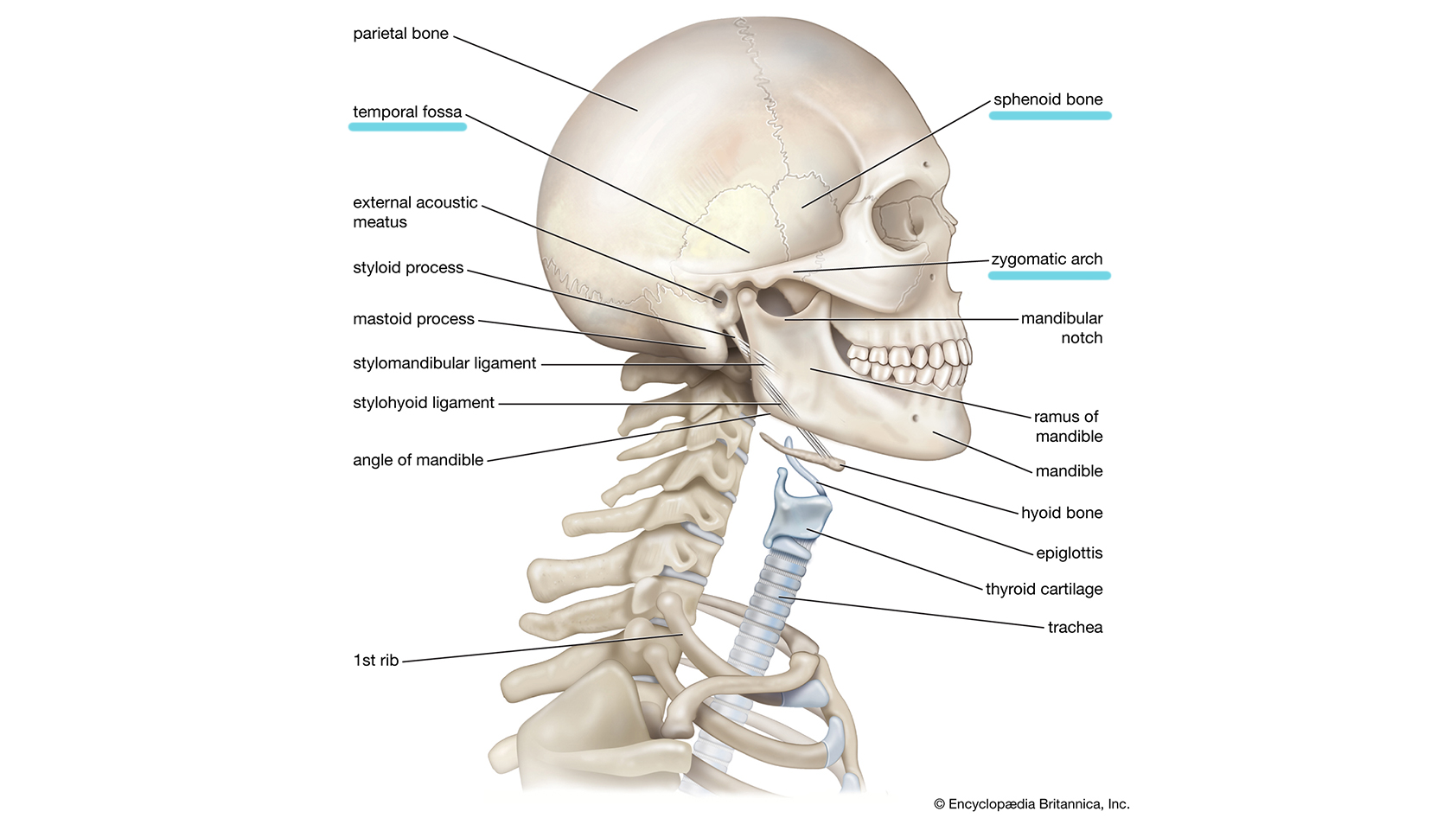
In-ears are the best solution if all you’re trying to avoid pain altogether while wearing glasses. Discomfort along the temporal fossa, sphenoid bone, and zygomatic arch is common among those with glasses and ill-fitting headsets. This is because the arms of your glasses rest along each of these bones and are pressed into the skull with on or over-ear headphones, amplifying pressure. Since earbuds don’t overlap with the arms of your glasses, you don’t have to worry about this type of pain.
In-ears have their drawbacks
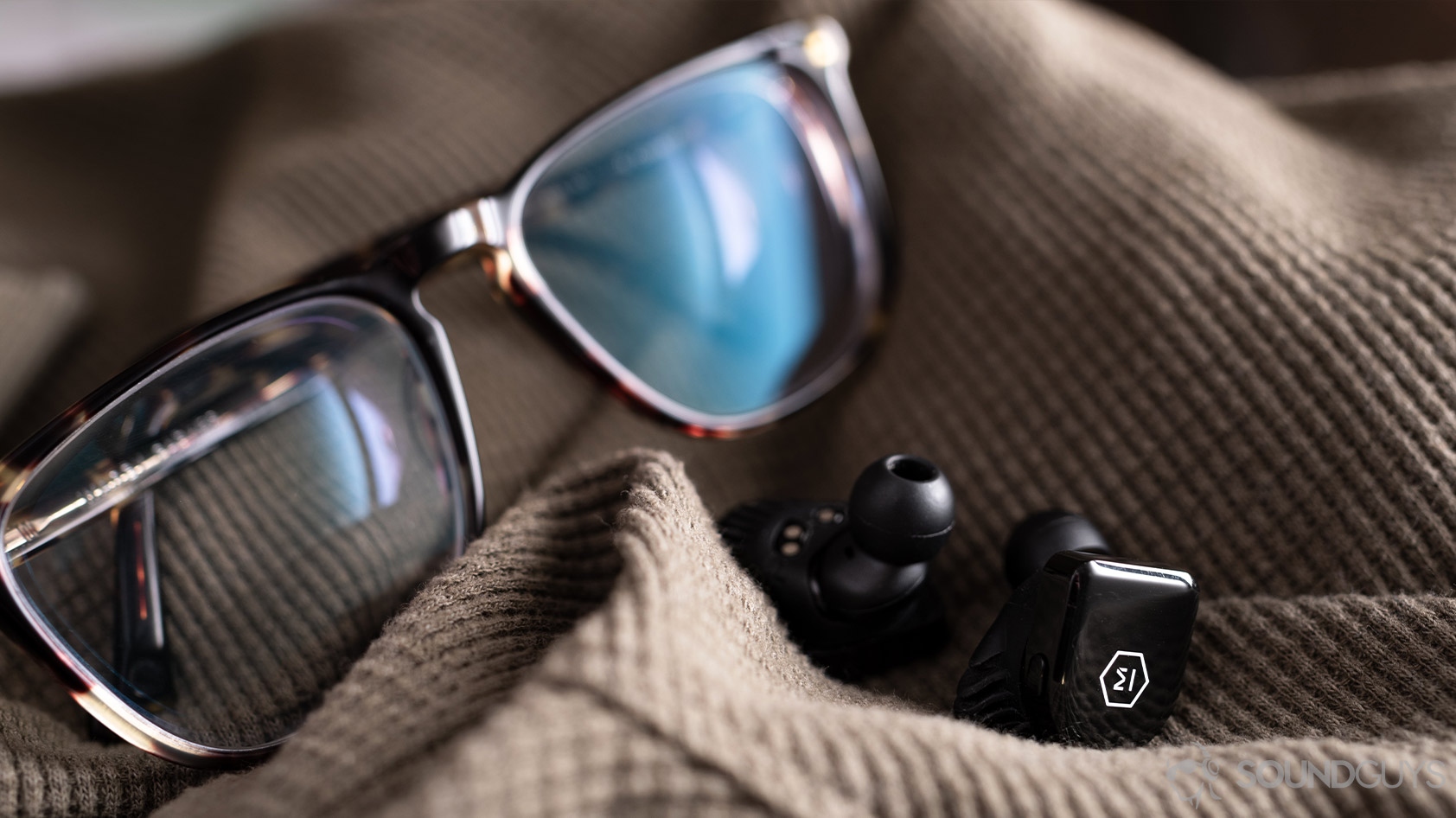
Earbuds introduce different potential pain-points, but don’t make contact with your glasses.
So, you’ve decided to circumvent head pain by picking earphones or true wireless earbuds. Well, unfortunately, issues arise with in-ears that don’t present themselves with headphones. For one, earbuds comfort is highly subjective. I might feel that one product fits well, but it may not be comfortable for someone else. It’s not that one of us is right and the other is wrong; instead, we just have different ear shapes.
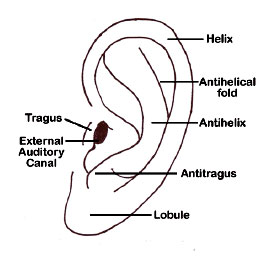
When earbud housings are too large for your ears, you may experience pain along the interior of the antihelix, antitragus, tragus, and concha, all of which come in direct contact with most earbuds. This is why I prefer a tri-point design to evenly distribute weight and pressure along various parts of the outer ear. Some people may prefer an ear hook design like the Beats Powerbeats, but the ear hook poses an issue for some glasses because they overlap where the arms slope down and around the back of the ear.
Fit idiosyncrasies aside, in-ears need to be cleaned more often than headphone ear pads. Ear tips are great at accumulating ear wax on them and can collect gunk down the tube of the ear tip. This then clogs the nozzle’s grill. Any sort of blockage degrades audio quality and can also put you at risk of developing an ear infection and, as a symptom, temporary hearing loss or reduction. To lessen the likelihood of infection, just clean your ear tips regularly. We have a detailed article on how to clean your AirPods Pro, and the procedure is the same for all earbuds.
You don’t need to do this daily, but it should be done with some regularity, especially if you wear earphones every day. What’s more, if you share earbuds with a friend it’s good practice to clean them immediately after.
The type of glasses frames can affect comfort, too
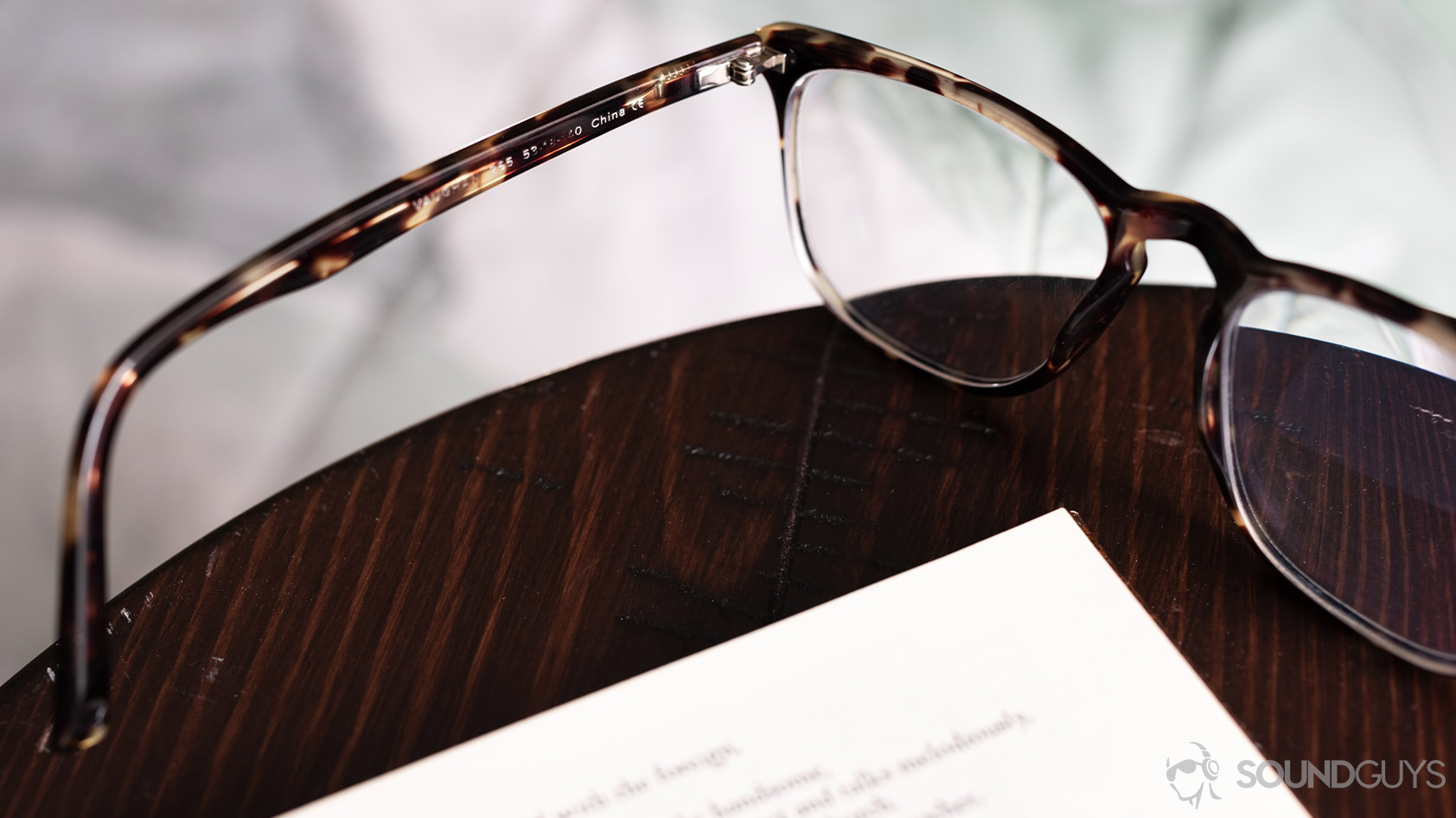
Just like headphones, glasses come in all shapes and sizes. This variation extends to the arms of your glasses, too. Comfort, in this instance, has less to do with the frame shape and more to do with the arm shape, material, and thickness. I used to have thick frames with rounded arms and have since bought thinner, flat-armed frames. It was significantly more difficult to wear headphones with the round-armed glasses than the flat-armed ones: there was less surface area making the pain more acute.
Now’s not the time to sign onto Warby Parker’s site and replace your frames just to accommodate your headphones. However, it’s something to keep in mind when you buy your next pair of glasses—especially if you spend most of your days with headphones on. It may seem extreme to choose glasses based on the headphones you own, but if audio is your main outlet, it’s a worthwhile change. Plus, it’s always nice to get a new lens style once you’ve worn through a reliable pair of glasses.
You may find a pair of earbuds to be extremely comfortable while your friend may abhor them due to differences in your ear anatomies.
Unfortunately for us bespectacled folk, you could have the best headphones on the market, but that doesn’t matter if it hurts every time you wear them. Pain elimination is next to impossible when wearing headphones with glasses, but I hope this helps you find workarounds. Best of luck and happy listening!